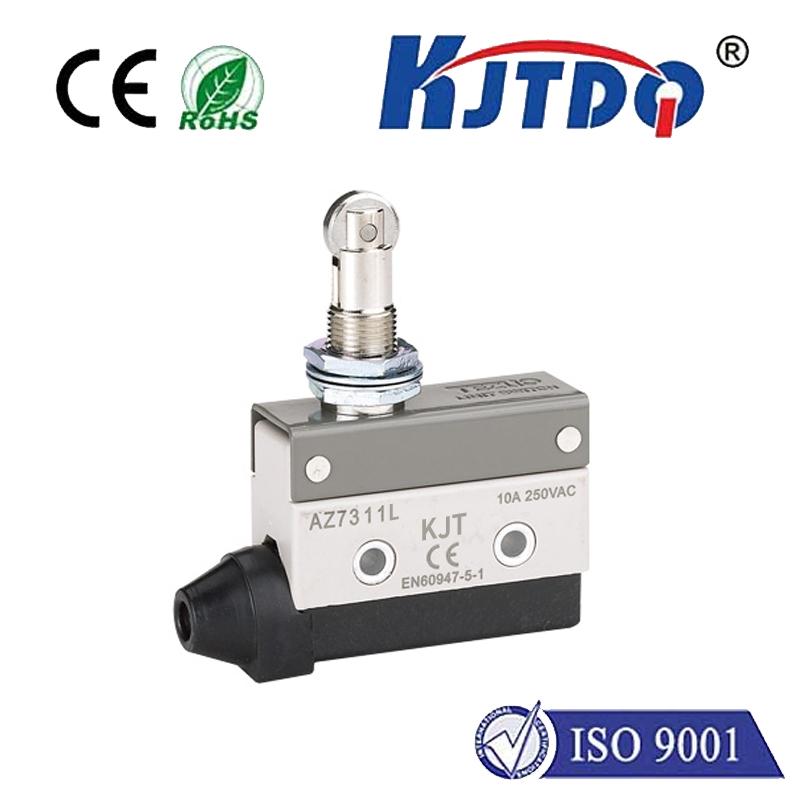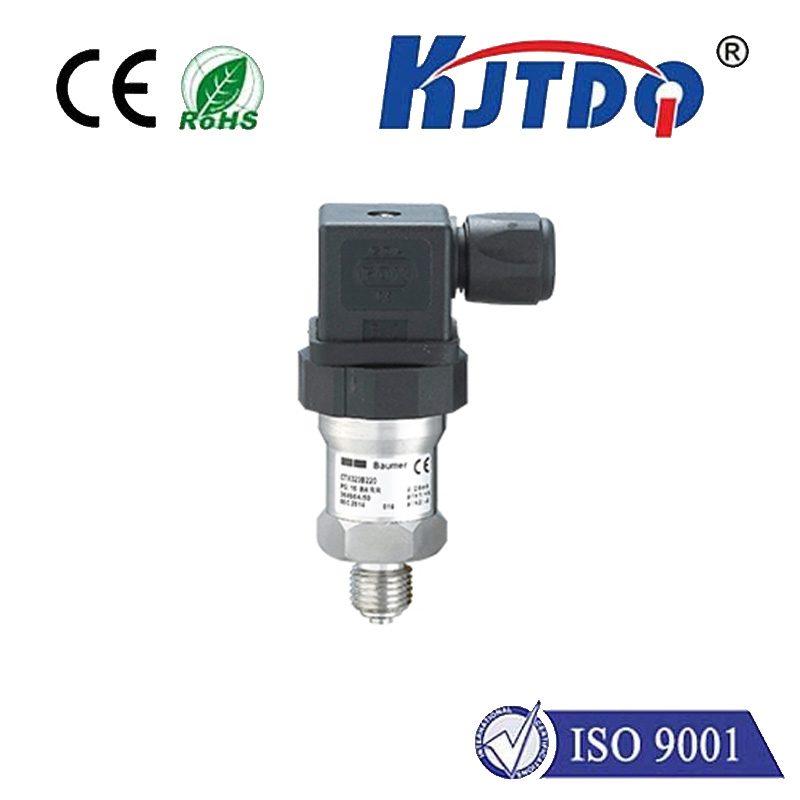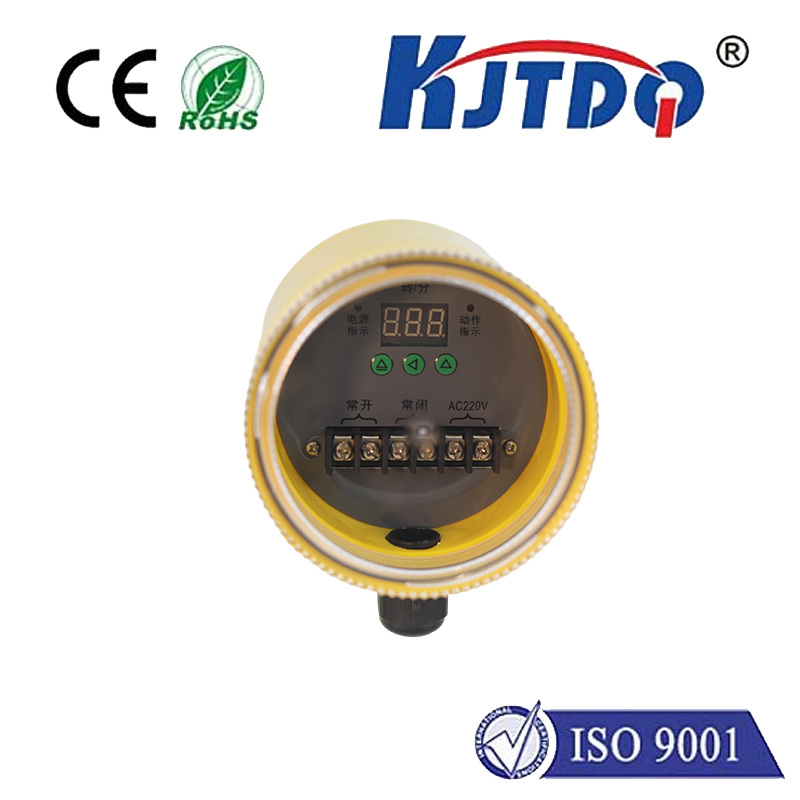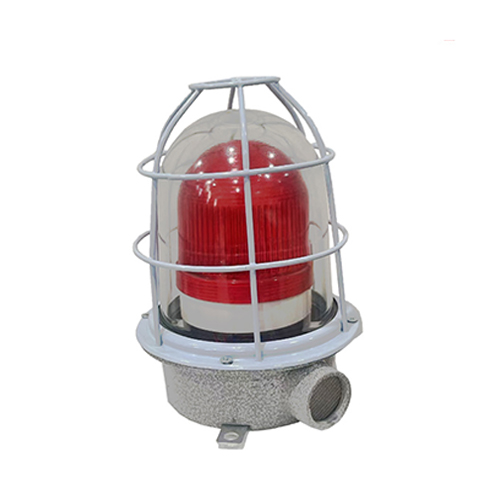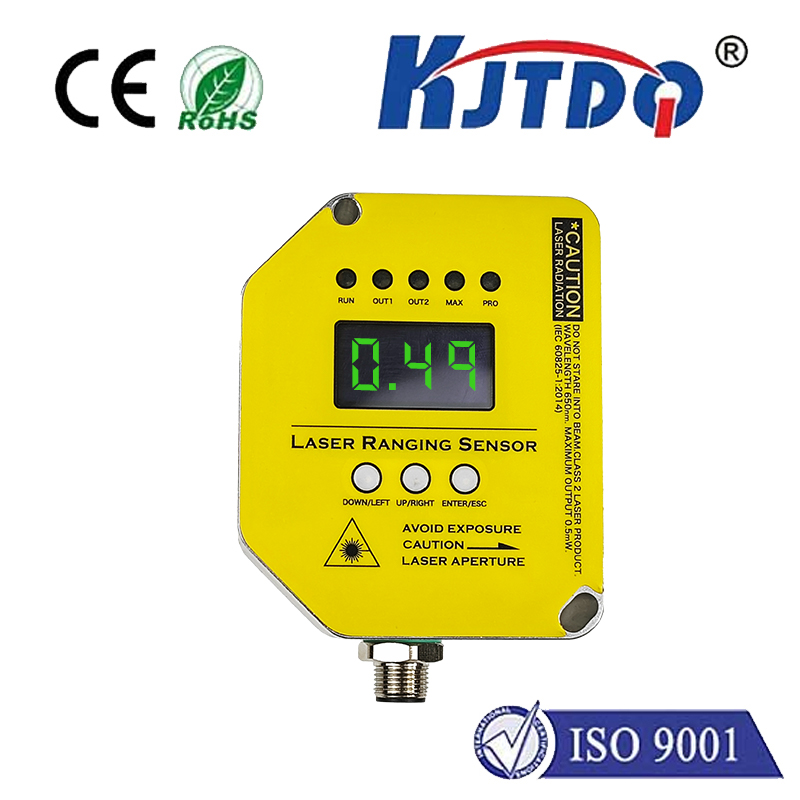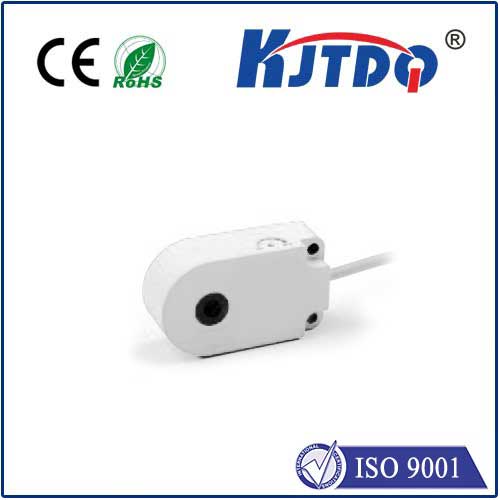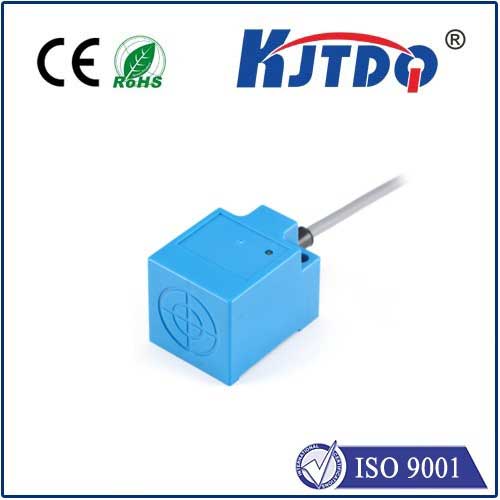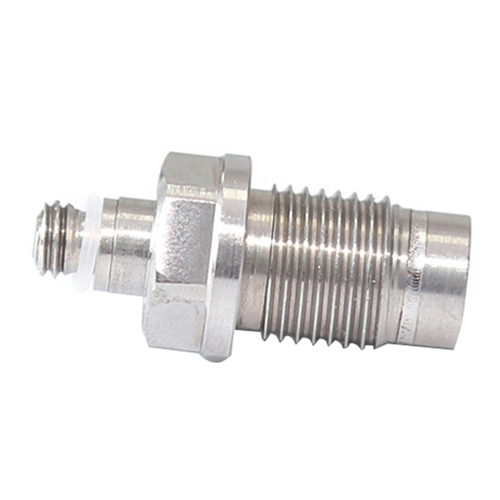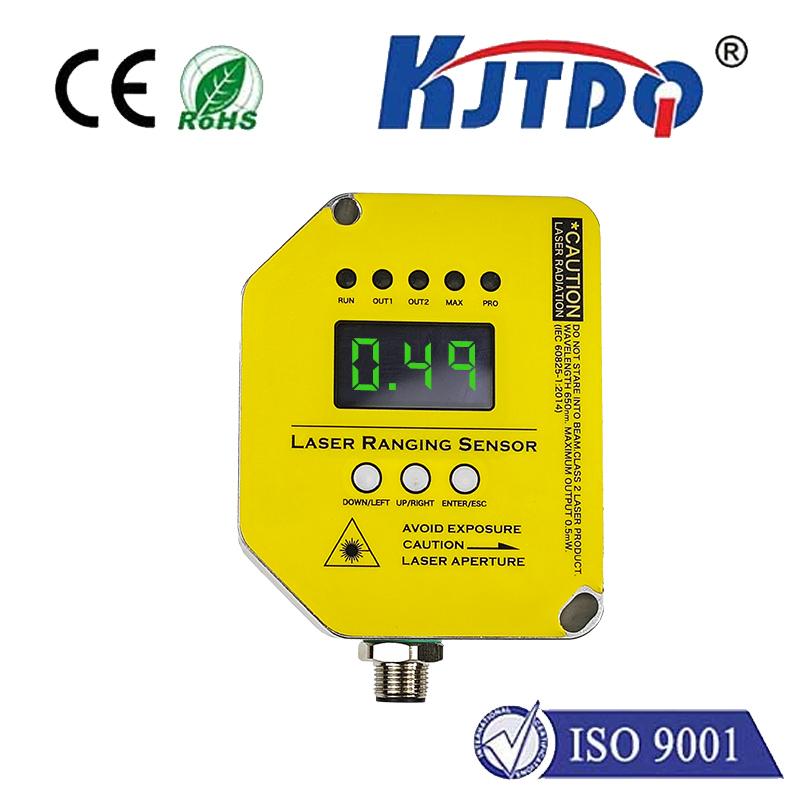

check

check

check

check

check

check

check

check

check

check
Spring-loaded limit switches are essential components in industrial automation and machine control systems. These devices play a critical role in ensuring the safety, reliability, and efficiency of machines by providing precise position feedback. In this article, we will delve into the world of spring-loaded limit switches, exploring their features, applications, and benefits.
What is a Spring Loaded Limit Switch?
A spring loaded limit switch is an electromechanical device that uses a spring mechanism to activate or deactivate a set of electrical contacts. The switch consists of a lever or actuator arm that is connected to a spring-loaded plunger. When the lever is pressed or moved, it applies force to the plunger, which then either makes or breaks the electrical circuit.
The primary function of a spring loaded limit switch is to detect the presence or absence of an object or component within a specific range. This detection is crucial for controlling various processes, such as machine start-up, shut-down, speed control, direction change, and safety monitoring.
Applications of Spring Loaded Limit Switches
Spring loaded limit switches are widely used in numerous industries and applications, including manufacturing, packaging, material handling, automotive, aerospace, and many others. Some common applications include:

1. Machinery Control: Spring loaded limit switches are often used in conjunction with conveyors, cranes, elevators, and other machinery to monitor their operation and prevent accidents. For example, they can detect when a conveyor belt has stopped moving or if a crane has reached its maximum height limit.
2. Safety Interlocks: In hazardous environments, spring loaded limit switches serve as safety interlocks to protect workers from injury. They can be programmed to shut down equipment automatically if someone enters a dangerous area or if there is a malfunction in the system.
3. Level Monitoring: Spring loaded limit switches can detect the level of liquids or solids in tanks, hoppers, and silos. This information is essential for maintaining optimal production levels and preventing overflow or underflow situations.
Benefits of Spring Loaded Limit Switches
Spring loaded limit switches offer several advantages over other types of limit switches, including:
1. Reliability: Spring loaded limit switches are known for their durability and longevity. They can operate continuously under harsh conditions without losing accuracy or performance.
2. Precision: These switches provide precise position feedback with minimal hysteresis and repeatability errors. This precision is crucial for controlling complex processes where accuracy is paramount.
3. Versatility: Spring loaded limit switches are available in various sizes, shapes, and configurations to suit different applications and mounting requirements. They can also be customized to meet specific needs.
4. Cost-effectiveness: Compared to other limit switches, spring loaded limit switches are generally more affordable while still offering high performance and dependability.
Conclusion
Spring loaded limit switches are versatile and reliable components that play a vital role in industrial automation and machine control systems. Their ability to provide precise position feedback makes them ideal for various applications, from machinery control to safety interlocks and level monitoring. By understanding the features, applications, and benefits of spring loaded limit switches, engineers and designers can choose the appropriate device for their specific needs and ensure optimal system performance and safety.
